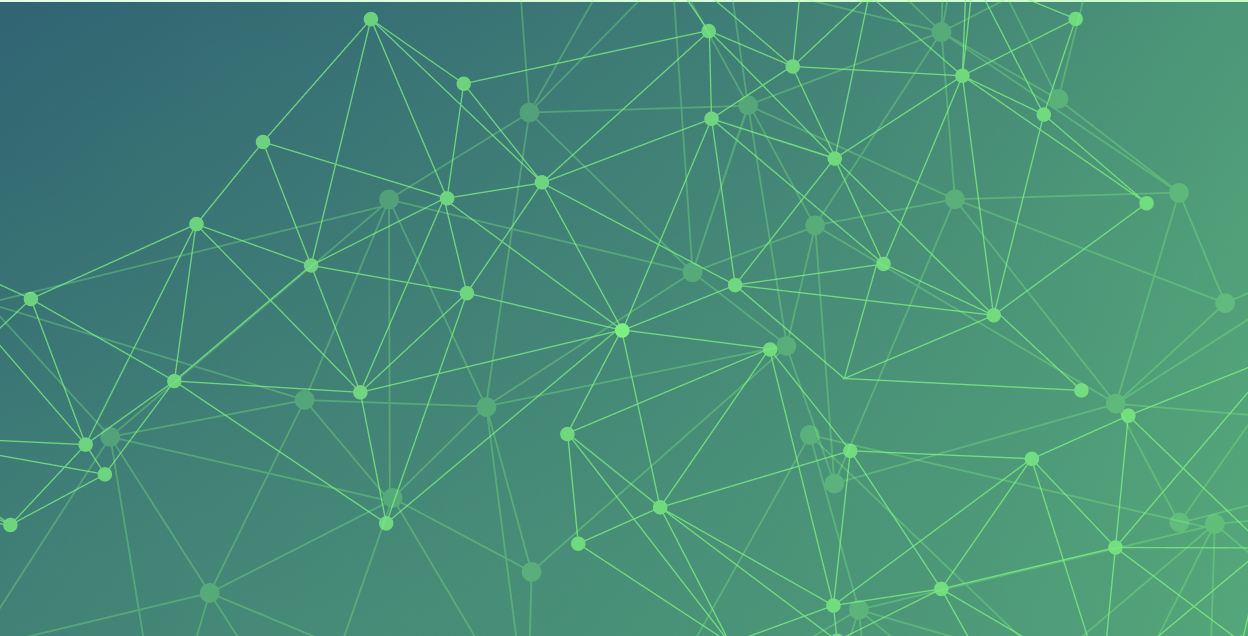Summary

In today’s increasingly interconnected world, the cybersecurity of Operational Technology (OT) systems has never been more critical. OT systems, which manage industrial operations such as manufacturing, energy distribution, and critical infrastructure, are increasingly targeted by cyber threats. Unlike traditional IT environments, OT systems have unique challenges that necessitate tailored cybersecurity strategies. Here, we outline best practices for enhancing OT cybersecurity to safeguard these vital systems.
1.) Conduct Comprehensive Risk Assessments
Regular risk assessments are foundational to OT cybersecurity. These evaluations help identify vulnerabilities and understand the potential impact of cyber threats. By prioritizing risks, organizations can allocate resources effectively to bolster defenses.
2.) Implement Segmentation and Network Architecture
Network segmentation is essential for limiting the spread of malware and restricting access to critical systems. Separating OT networks from IT networks and further segmenting within OT environments can enhance security. Utilize firewalls, demilitarized zones (DMZs), and virtual LANs (VLANs) to enforce these boundaries.
3.) Strengthen Access Control and Identity Management
Strong access control measures are crucial. Implement role-based access control (RBAC) and least privilege principles to ensure users have only the access necessary for their roles. Multi-factor authentication (MFA) adds an extra layer of security, and regular reviews of access rights help maintain strict control over user accounts.
4.) Establish a Patch Management Program
A robust patch management program is vital for keeping OT systems secure. Apply security patches and updates promptly while minimizing downtime. Employ compensating controls such as network isolation and enhanced monitoring for legacy systems where patching isn’t feasible.
5.) Enhance Monitoring and Detection
Deploy intrusion detection and prevention systems (IDS/IPS) tailored for OT environments. Continuous monitoring of OT networks and systems can detect anomalies and potential security incidents in real time. Aggregating and analyzing logs through security information and event management (SIEM) systems further strengthens detection capabilities.
6.) Develop an Incident Response Plan
An incident response plan specific to OT environments is crucial. This plan should include procedures for containment, eradication, and recovery from cyber incidents. Regular drills and exercises ensure OT personnel are prepared to respond effectively to cyber threats.
7.) Protect Endpoints
Endpoint protection is another crucial aspect of OT cybersecurity. Install and maintain antivirus and anti-malware software on OT endpoints. Application whitelisting can ensure that only approved software runs on critical OT systems, adding another layer of security.
8.) Ensure Data Integrity and Encryption
Data integrity can be maintained using checksums and cryptographic hash functions. Encrypting sensitive data both in transit and at rest protects it from unauthorized access, ensuring confidentiality and integrity.
9.) Integrate Physical Security Measures
Physical security should complement cybersecurity efforts. To protect critical infrastructure, restrict physical access to OT equipment and facilities to authorized personnel only, using security cameras, access control systems, and other measures.
10.) Manage Vendors and Secure the Supply Chain
Vendor management and supply chain security are often overlooked but critical components of OT cybersecurity. Evaluate and monitor the cybersecurity practices of vendors and suppliers, including security requirements in contracts and agreements. Regular assessments can help mitigate supply chain risks.
11.) Promote Awareness and Training
Regular cybersecurity training and awareness programs for OT personnel are essential. These programs should focus on the unique risks and best practices associated with OT security. Fostering a culture of cybersecurity within the organization encourages employees to report suspicious activities and potential vulnerabilities.
12.) Ensure Compliance with Standards and Regulations
Adhering to relevant industry standards and regulations, such as NIST SP 800-82, IEC 62443, and NERC CIP standards, is crucial. Regularly reviewing and updating security practices ensures compliance with evolving standards and regulations.
Enhancing OT cybersecurity is a multifaceted effort requiring coordination across the organization. By implementing these best practices, organizations can protect their critical infrastructure from cyber threats, ensuring the safe and reliable operation of industrial systems. With executive support and collaboration between IT and OT teams, these cybersecurity initiatives can be prioritized and effectively resourced, safeguarding the essential systems that underpin our modern world.
For additional resources and assistance with your OT security, please get in touch with the Cyberhill engineering team at info@cyberhillpartners.com.
—
About Cyberhill
Cyberhill is a professional services firm that engineers and manages enterprise software solutions for Fortune 500 companies. It supports the implementation of packaged software solutions within the three pillars of the Internet of Things (IoT): Cybersecurity, Cloud, and Data Analytics. With over 700 complex cybersecurity implementations completed, Cyberhill is an established and trusted partner. For more information about Cyberhill, visit www.cyberhillpartners.com.

Forbes Feature: The Untapped Power Of Unstructured Data In Enterprise AI

The AI Readiness Gap: Why Most Organizations Aren’t Prepared to Scale AI
